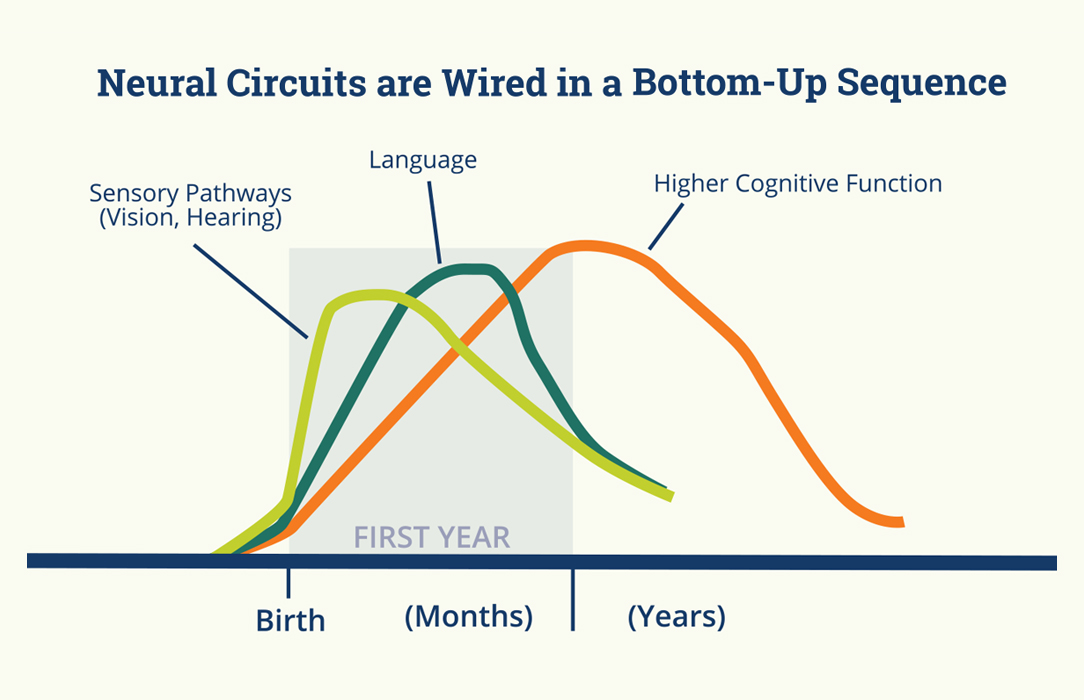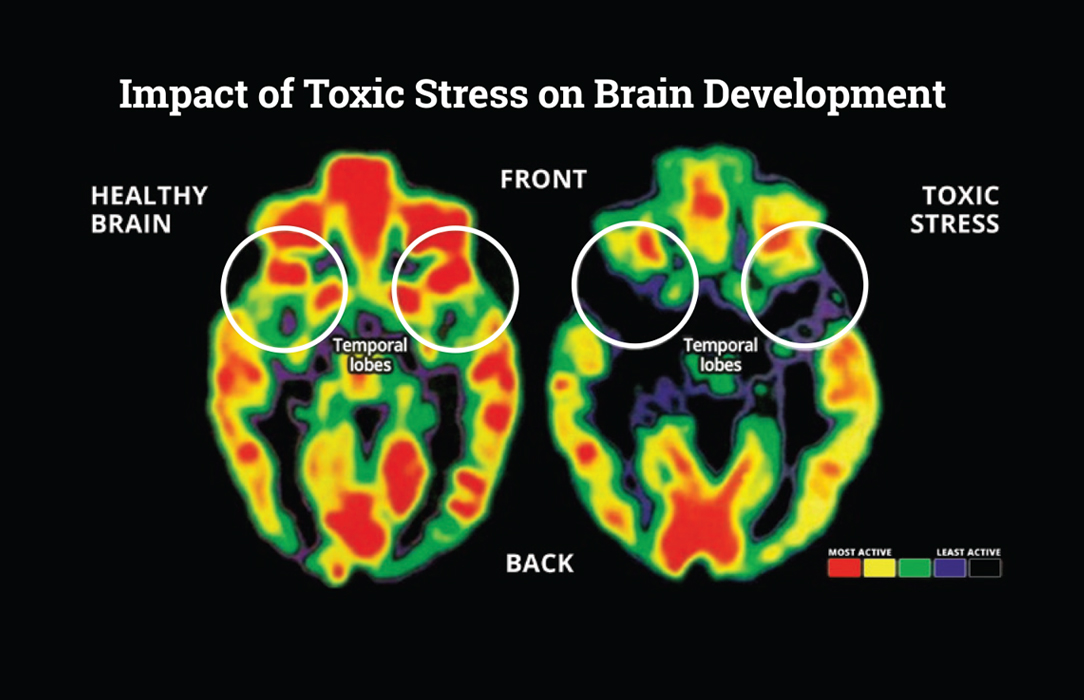I Walk Out My Door and I Feel It
How do you know if you’re transforming a neighborhood out of intergenerational poverty, bringing vibrancy and energy and life back to a community? You’ll feel it, just like Othello Meadows did in Omaha. Listen
To eliminate intergenerational poverty, we have to address the root causes of the problem. We must reduce the need for treatment interventions by ridding our neighborhoods of the sources of toxic stress that lead to those interventions being required in the first place.

The initial work on the relationship between sources of toxic stress and neurological development—the CDC/ Kaiser Permanente Adverse Childhood Experiences (ACE) Study being a noteworthy effort—focused on the impact of trauma on childhood development. These sources of trauma included psychological, physical, or sexual abuse, violence against the mother, or living with household members who were substance abusers, mentally ill or suicidal, or ever imprisoned. What the research shows is that children with exposure to multiple sources of these types of trauma have much higher risk for adverse health effects including maladaptive coping skills, poor stress management, unhealthy lifestyles, mental illness and physical disease.
Additional sources of toxic stress that contribute to the problem include environments with high levels of crime and violence, low-quality housing and public infrastructure, housing instability and high transiency rates, and the lack of access to quality food and nutrition. All of these add up to toxic environments that are hugely influential on life outcomes.




The information for this Lesson Learned is included in POVERTY AND PLACE: A Review of the Science and Research That Have Impacted Our Work, a white paper that offers an overview of selected research that has informed our thinking as we continue to fight against intergenerational urban poverty.